manna momentGod is the Maker of all things but He didn't just make it and leave it, He cares for and provides for us and His creation. There is an icefish whose habitat is in the waters surrounding Antartica where temperatures in that water get down to 28 degrees Fahrenheit. This is cold enough to freeze the blood of most fish but not the icefish. God has provided a way for their bodies to produce a kind of antifreeze that allows their blood to flow. It is interesting to note that their blood has no red blood cells and therefore almost clear. How amazing our God is, that He can make anything to live anywhere on this world He created. Regions of the World- The tundraWhere is the Tundra? My students have these Regions of the World maps in their student guidebooks that highlight on their map where these biomes are located. Read Aloud- The polar Regions by cathryn sill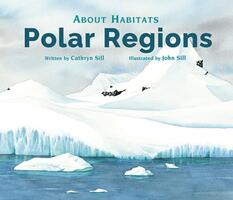 These books by Cathryn Sill are great for younger children. One whole side of a page is a picture of a habitat or region depicting either a type of flora or fauna or both. The words are not complicated and there are few of them so that there can be interaction and observation during the read aloud. Here is a listening guide as well that catch the highlights of the book that my students fill out while I am reading.
Blubber Glove Investigation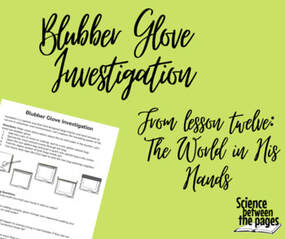 One of the ways that animals survive the extreme cold weather of the tundra is by having a layer of blubber just under their skin to insulate them. This is a clever design by the Maker. Insulation is a special way that God designed large marine and land animals to survive in extremely cold environments. This is an opportunity to explore the insulating power of fat. I added some shortening to a quart size ziplock bag and placed a smaller sandwich ziplock bag in it. I, then duct taped the bags together after I turned the tops inside out. I lined up the students and had them all try each type of glove. I had just a normal quart size freezer bag, then a bag with newspaper, a bag with shortening, and a bag with foam. I had the students label which bag made their hand feel the coldest on a scale of 1-4. We had some discussion about which bag they would want on their hands if they were in the Tundra. Most of them said the foam, however, I mentioned the practicality. The foam was really thick and if you had a glove like that, you wouldn't be able to do anything with your hands. I challenged them with science fair project to see what material they could use to make great gloves that were also useable. I, then had the students try different materials like foam and newspaper to see if they would be good insulators. Tundra biome sheet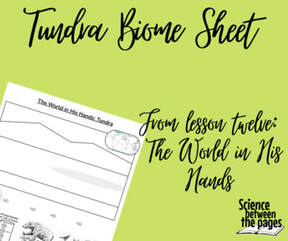 The temperature range for the Tundra is -30 degrees Fahrenheit to 50 degrees Fahrenheit. The average rainfall a year is less than 10 inches. Grasses, mosses and twigs feed Lemmings and Arctic Hares which are hunted by Arctic Foxes and Snowy Owls. Caribou feed on grasses are hunted by wolves. End Of Unit TreatWhat a wonderful group of students that I had this semester! I gave each student a prize of a type of fauna from some of the biomes we studied this semester along with some candy inside a bag or plastic globe. I held up the vocabulary cards and would ask each student a question from the cards. Having the vocabulary sheet in front of them was like their multiple choice. The World in His Hands Curriculum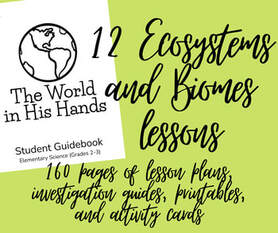 These past 12 lessons have been from The World in His Hands Part 1. I sure hope that you will join us for Part 2 with another set of biomes, ecosystems, flora and fauna to discover.
0 Comments
manna momentPsalm 95:1-6 "Oh come, let us sing to the Lord, let us make a joyful noise to the rock of our salvation. Let us come into His presence with thanksgiving; let us make a joyful noise to Him with songs of praise. For the Lord is a great God, and a great King above all gods. In His hand are the depths of the earth, the heights of the mountains are His also. The sea is His, for He made it, and His hands formed the dry land. Oh come, let us worship and bow down, let us kneel before the LORD, our Maker." Caves are found in nearly all the biomes of the world and are an example of an ecosystem. We have know caves to be places where animals can hibernate or people have been known to live in or hide during certain times during their life. I remember a particular instance where David and his men were hiding in a large cave when King Saul, who was trying to kill him, came into the cave not knowing David was there. David could have killed Saul in that moment but chose to only cut a piece of his cloak instead. David was adamant on not killing God's anointed even though King Saul was trying to kill him. David trusted and completely depended on God for help. God protected David and David stubbornly did what was right in God's eyes. May we have this same resolve, to do what is right in God's eyes no matter the temptation to do what is wrong. (1 Samuel 24:3-22) around the world Vocabulary review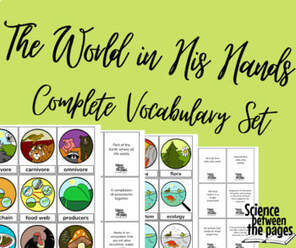 I combined all the games and vocabulary that we have played this semester into a vocabulary game extravaganza to review and reinforce knowledge. I set up the room with a world map on the board for the regions of the world that we have learned. Then, I attempted to hang an agility ladder to represent the layers of the forest but it didn't work and I placed it on the ground using a yard stick to signify the floor of the forest. For the class in the Route 104 Airstream, I drew a picture of the forest with the layers. Then placed both the ecosystem and energy transfer vocabulary cards all over the room. As soon as I would call out a region or definition the students would go to swat that. Read Aloud- Hibernation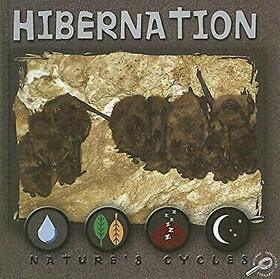 This book has simple text with photographs of animals for visuals. One of the animals that hibernate are bats. Hibernation is a way that animals in very cold climates can survive. When an animal hibernating, their heart rate and breathing slow and their body temperature lowers thus using a lower amount of energy. 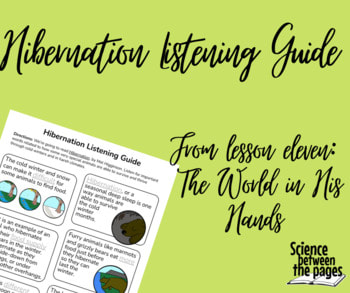 Here is a listening guide to go along with this book in order to review the main points. Making a Bat cave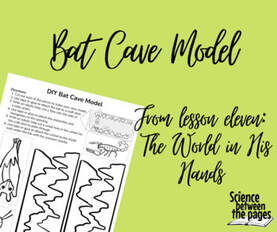 I had the students bring in a half gallon container empty and rinsed with a hole cut out on the side. I changed the orientation of the bat cave slightly to fit the bat that is drawn on the printable but you could do it either way. The students would cut out the stalagmites and the stalagtites, the bat, the cricket, and the scorpion and place with tape inside the cave. They can color and decorate as they like. We talked about the food chain of the cave ecosystem and how this is a very low energy ecosystem. A true cave only has one entry and exit point therefore there is limited light that streams in. Consequently there aren't any green plants that live in a cave. How would anything live in a cave? Well, bats love to roost in caves. They get their food outside of the cave but when they roost, they poop and leave guano. Guano then feeds bacteria and fungi within the cave which in turn feeds the crickets that might live there. The crickets then become an energy source for the scorpions and crayfish. So this would be the food chain. Here is a short video on bats. https://www.youtube.com/watch?v=9FVoTMOorXA The students did an excellent job with this activity and I loved seeing all their creativity. My favorite part is being able to have conversation about the bats and caves while they are doing the activity.
Manna moment:Let us steward the creation that the Lord has given us well. Genesis 1:28-30- "And God blessed them. And God said to them, "Be fruitful and multiply and fill the earth and subdue it, and have dominion over the fish of the sea and over the birds of the heavens and over every living thing that moves on the earth. And God said, "Behold, I have given you every plant yielding seed that is on the face of all the earth, and every tree with seed in its fruit. You shall have them for food. And to every beast of the earth and to every bird of the heavens and to everything that creeps on the earth, everything that has the breath of life, I have given every green plant for food." And it was so." This occurred on the sixth day of creation. God had finished placing everything in order and creating all the land, vegetation, fish, animals, and us. After making all of it, He places Adam in charge to have dominion. We have a great responsibility to care for that which the Lord God has created. Has anyone ever given you a masterpiece? If someone hand made something for you and gave it to you, you would want to take care of it well. We need to take good care of God's creation too. Vocabulary ReviewSince it just turned chilly for us in Texas, I placed vocabulary words around the room for the students to find as I called out the definitions of the words. The activity should warm them up well. Regions of the WOrld : Forests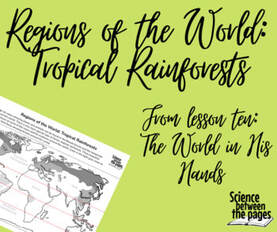 I never have adequate time during class to do ALL the things I want to, to relish in the activities, and so these Regions of the World would be an awesome, small, short, and simple way to review some geography and ecology at the same time. My suggestion is to color the Boreal Forest blue, the Temperate Forest orange, and the Tropical Rain Forest Green. Then, I would point out the Tropic of Cancer and trace that line Red and point out the Tropic of Capricorn and trace that line Orange. Since my class in our Route 104 Airstream is smaller, I attempted to have the students color the forests with different colors. They began with outlining and then colored it in accordingly. Read Aloud- The Great Kapok Tree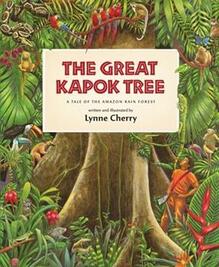 The aspect of this book that I like the best is that a good choice was made at the end. This book shows the interconnectedness of a biome and reminds us that every living organism on the planet is connected and has relationship with other living organisms. It's like there is a Creator God who is always in relationship creating a world that thrives through relationships. Consequently, we are to be the best stewards of the most awesome creation in the universe. We made a listening guide to go along with this book to review the key science concepts. Check it out here. RainForest Foldable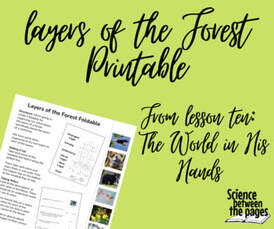 To reinforce the layers of the forest and learn that the rainforest has an extra layer called the Emergent layer, we made these sweet foldables with layers. The students can color them, there is information already written under each fold about the layer of the forest along with a word to trace. There are pictures of an animals that belongs in each layer of the rainforest as well. This is a great way to learn about the fauna that lives in the layers of the rainforest. Tropical Rainforest Biome SheetBringing it all together, here are some key characteristics of the Tropical Rainforest: Average Temperature: 70-85 degrees Fahrenheit Rainfall: 80-400 inches a year Most fauna are arboreal or live in the trees of the rainforest. Common flora are pineapples, bananas, cocoa, lemons, balsa, and mahogany trees Common fauna are spider monkeys, tree frogs, lizards, lemurs, boa constrictors, and toucans. Energy Transfer Game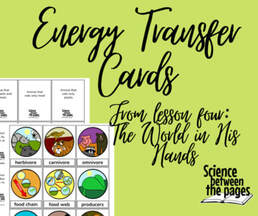 We played this game during class when we were learning about food chains and webs. Because we have a focus on conservation for this lesson, I decided to have less producers for this game to see how it faired. See for yourself. jumping through the layers of the forestI brought my agility ladder and had the students all jump through the layers of the forest naming each one as they went. In this way, it is best to be last because you would have heard the layers of the forest ten times before you had to know the layers yourself.
manna moment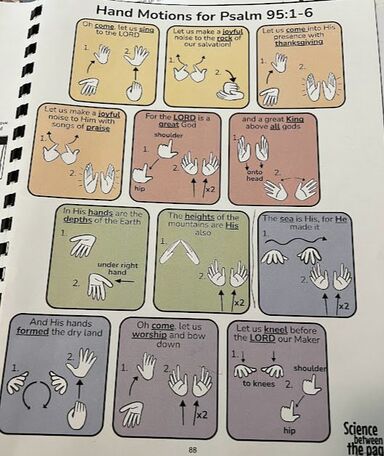 These hand motions are found on page 88 of the student guide book for the World in His Hands Part 1. Today we will recite all five verses and learn our sixth and final verse for this unit. Psalm 95:1-6 "Oh come, let us sing to the LORD, let us make a joyful noise to the rock of our salvation. Let us come, into His presence with thanksgiving Let us make a joyful noice to Him with songs of praise. For the LORD is a great God and great King above all gods. In His hands are the depths of the Earth, the heights of the mountains are His also. The sea is His, for He made it. And His hands formed the dry land. Oh come, let us worship and bow down, let us kneel before the LORD, our Maker." Layers of the forest reviewThere were blocks left out from a previous class in the Route 104 Science Airstream and so I asked the students coming in to make different layer tower representing each of the layers of the forest. Regions of the World- boreal and Temperate Forests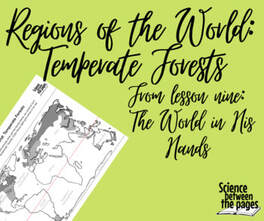 Using the Regions of the World: Temperate Forest sheet, I talked about the difference between coniferous and deciduous trees. Leaves on a coniferous tree are needle like and they do not loose their leaves in the fall. These trees are often called evergreens and predominant in the Boreal forest, however, they can be found in temperate climates as well. Leaves of a deciduous tree have all types of shapes. Typically the shape of the leaf lets us know what kind of tree it is. These leaves are full of chlorophyll which is what makes them green. When the temperatures get cooler, this signals to the trees to stop making chlorophyll and this is when the leaves turn beautiful reds, oranges and yellows. These colors were always in the tree, however, the green chlorophyll was the predominant color. After the leaves change color, they fall from the trees and the trees become dormant during the winter. While the tree appears to be dead, it is dormant and the root system underneath is still growing and storing nutrients for the next season. In the times of rest that the Lord gives us, let us still choose to grow deep into His Word so that in the next season, we will be fruitful for His Kingdom. Read Aloud- Forest Animals by June Randolph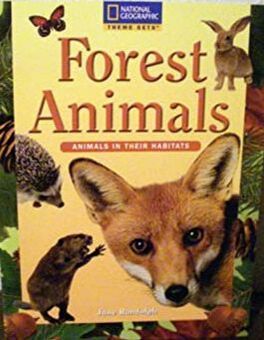 I enjoyed reading this book to the students as it reviewed what an animal habitat is, the layers of the forest, and introduced some of the animals that live in the forests. Since the students had been sitting for a while we had some kinesthetic learning as we reviewed the animals we learned about. The students stood up and when I said: Beaver, they made swimming arms Bears, they walk on arms and legs (bear crawl) Bobcat, they would squat and creep Deer, they would prance around Earthworm, wiggle on the floor backwards Great Horned Owl, arms out to soar Wood Turtle, walk very slowly Python, wiggle on the floor forwards Oh boy! These are bobcats, ready to pounce! Forest Food chain Scramble and Sort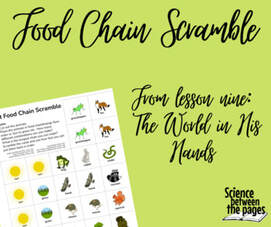 I used this Forest Food Chain Scramble to see how many different food chains the students could make using these cards. The challenge was to see how many chains they could make and who could make the longest chain. temperate forest biome sheetFinally, we filled in the average temperature of the Temperate Forest as well as its average rainfall. The average temperature is 50 degrees Fahrenheit and the average rainfall is about 30-60 inches a year. Some common flora in this biome are: oak, maple, beech and elm trees. Common fauna are bald eagles, grouse, opossums, black bears, white-tailed deer, squirrels and rabbits. Bonus:A student wanted to share with us what they had found. She brought in eggs, the caterpillar, and the cocoon of a soon-to-be moth. This was so interesting to look at and observe! Photo credit goes to Summer Lange. She does some awesome photography!! The World in His Hands Curriculum |
LEAD LEARNERWelcome! My name is Nicole Fleming and I have been leading science learning in the Bryan/College Station homeschool community for over 10 years. Archives
November 2022
Categories |
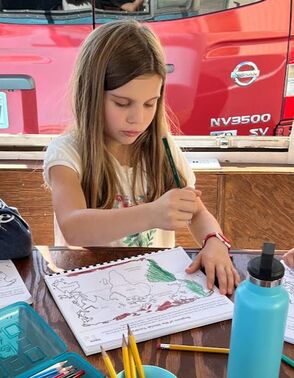
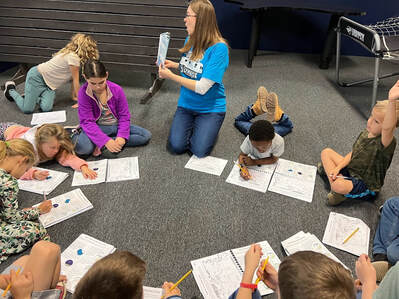
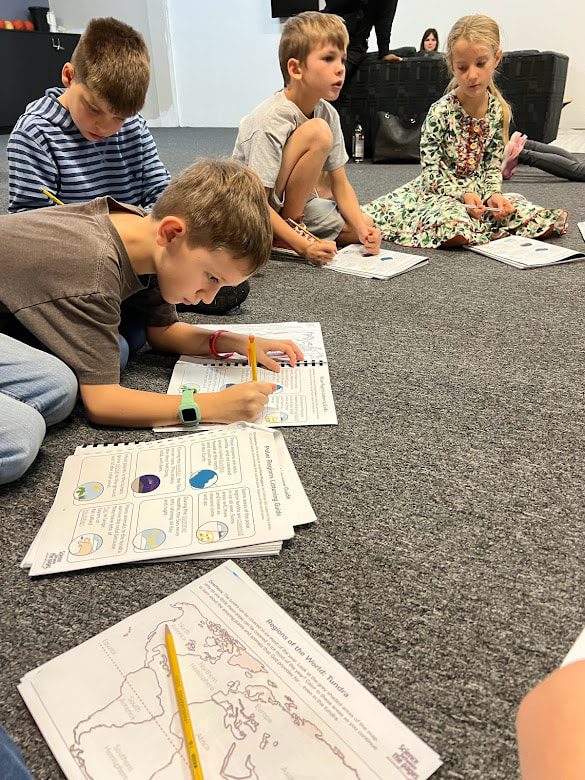
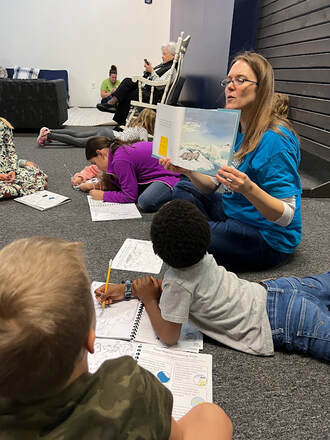
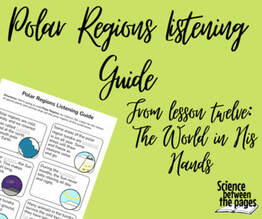
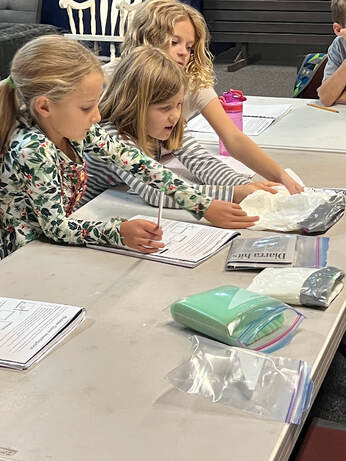
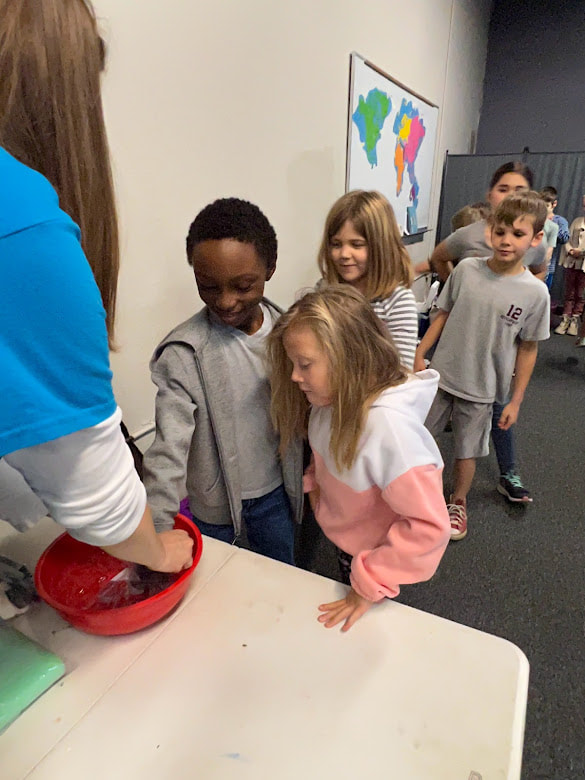
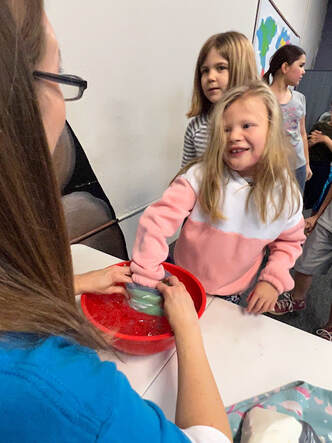
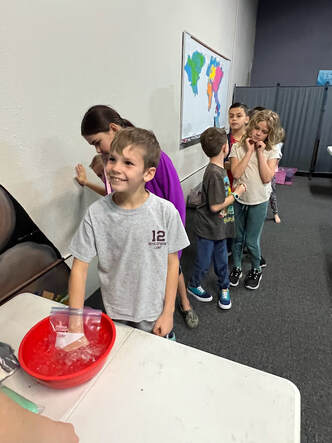
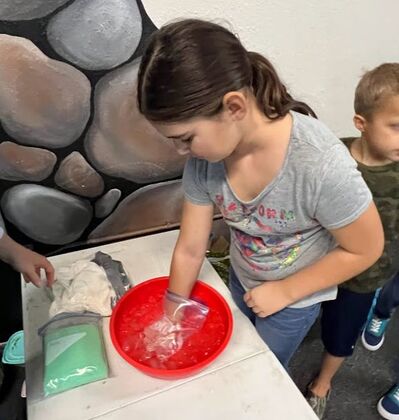
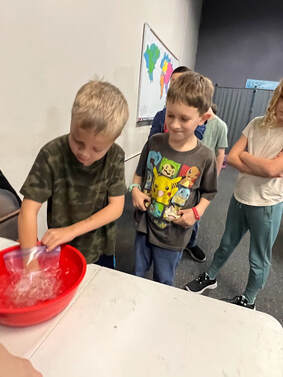
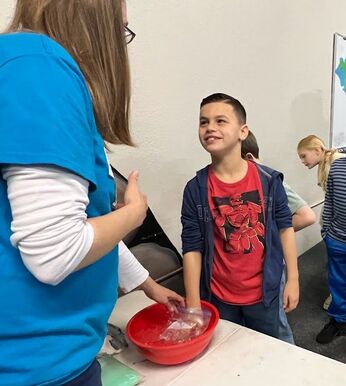
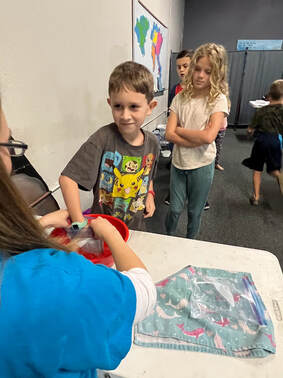
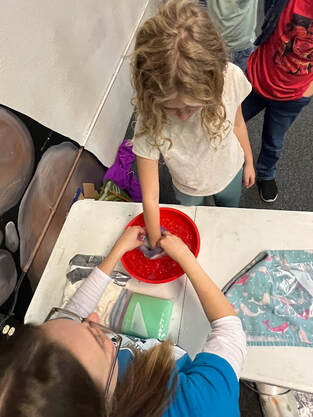
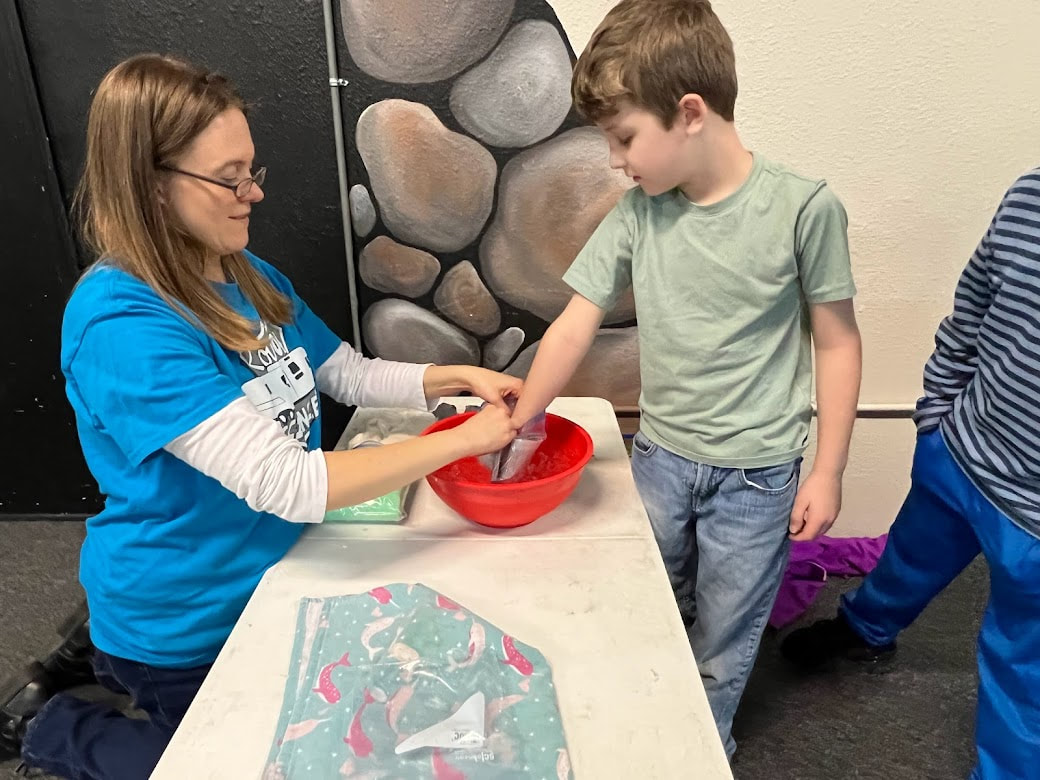
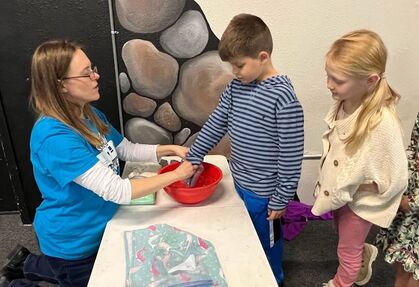
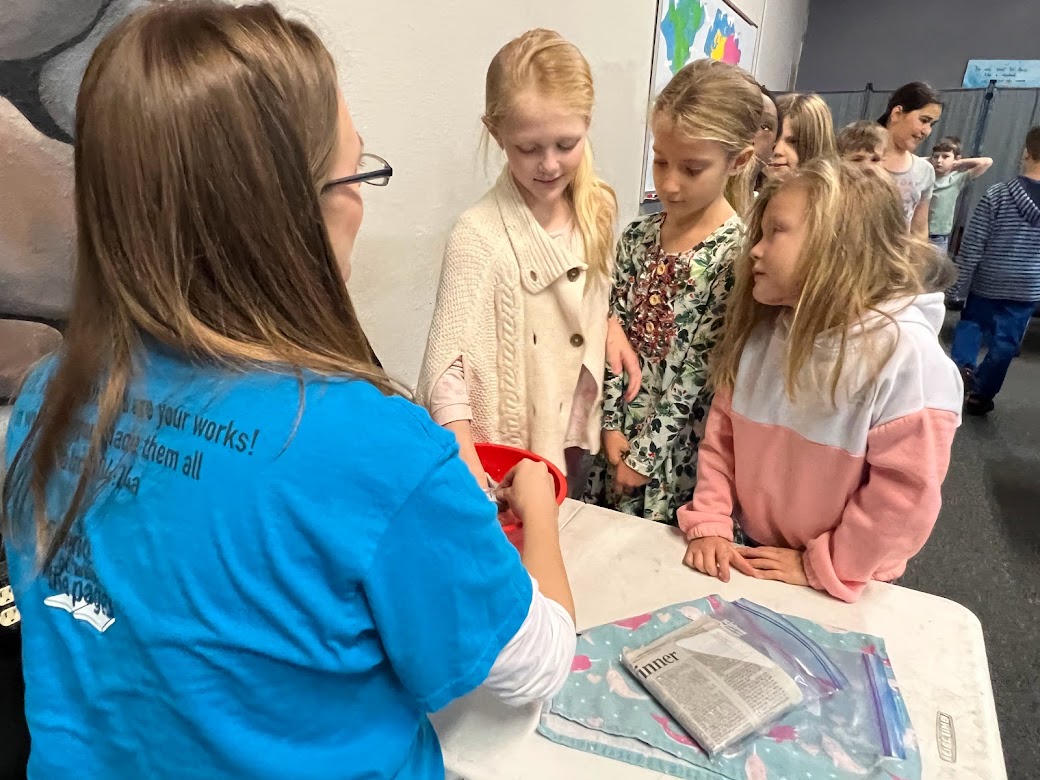
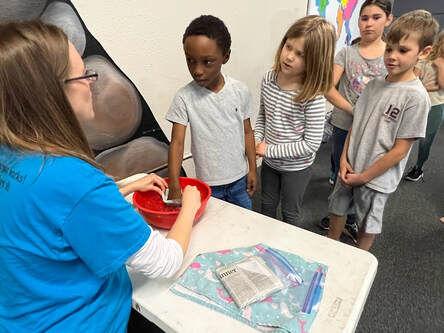
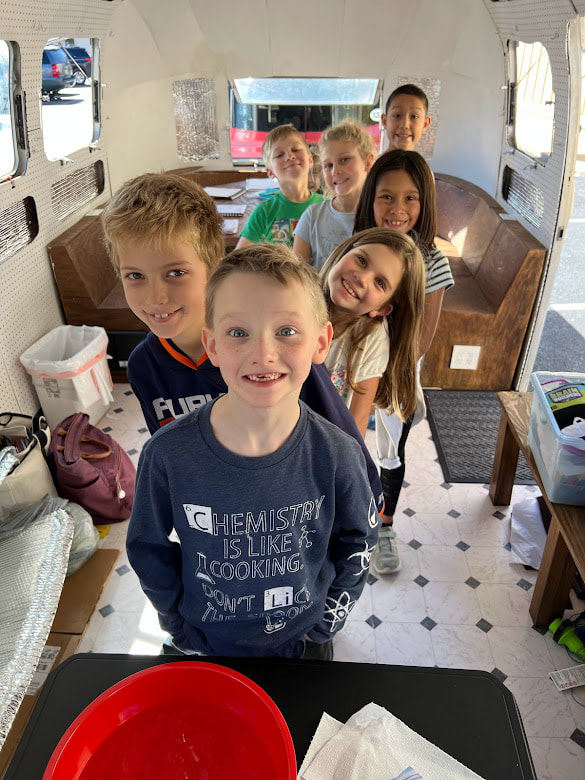
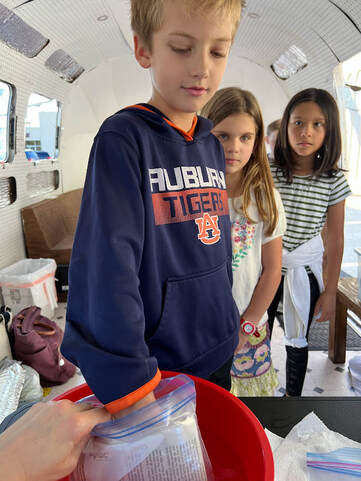
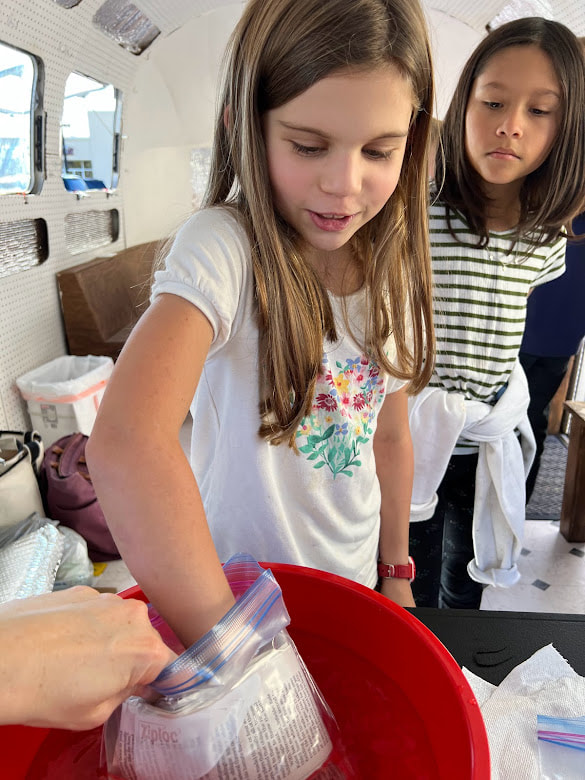
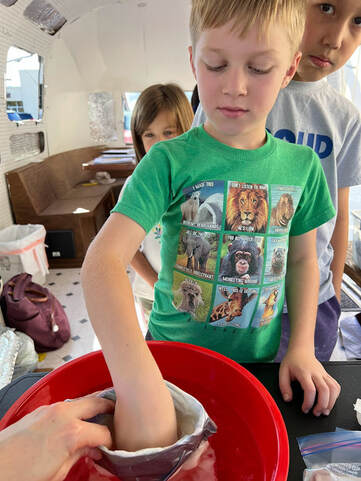
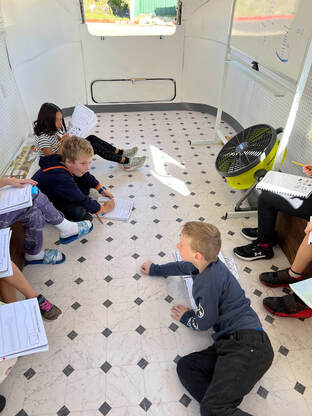
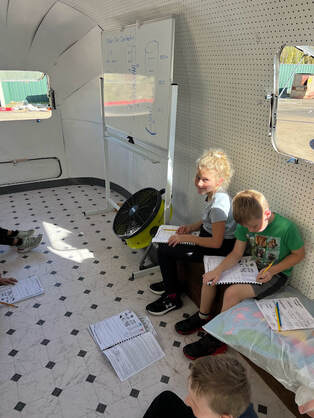
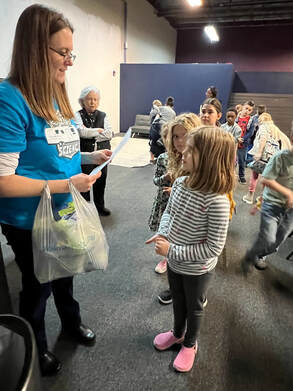
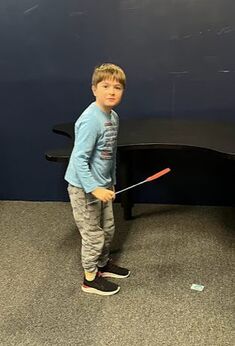
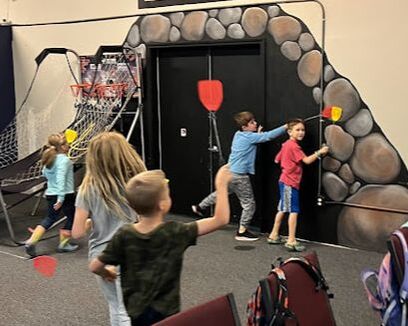
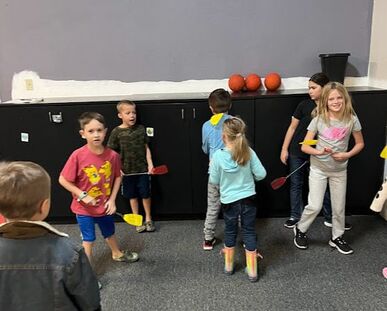
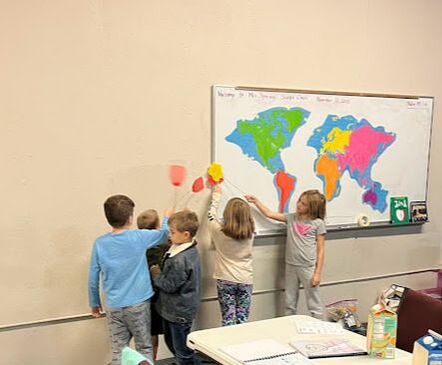
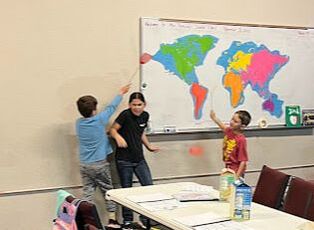
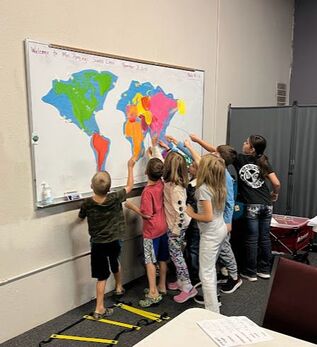
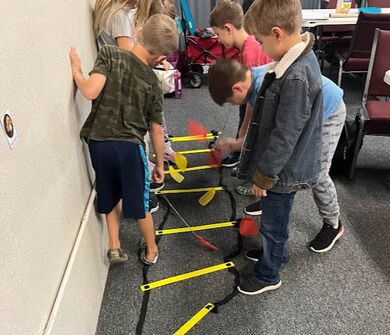
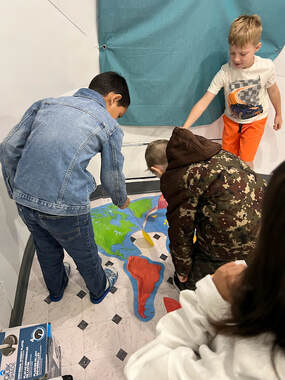
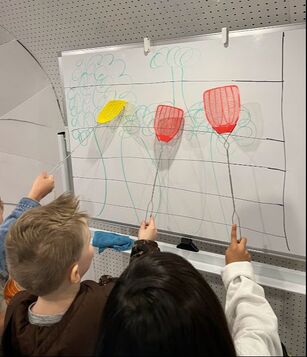
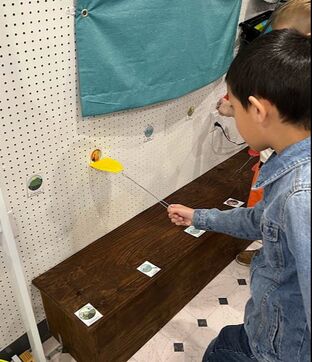
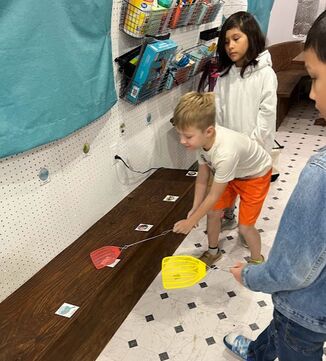
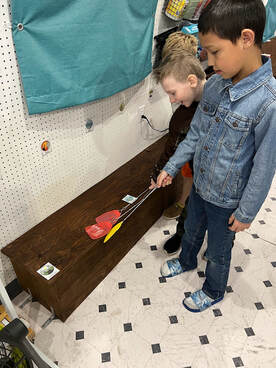
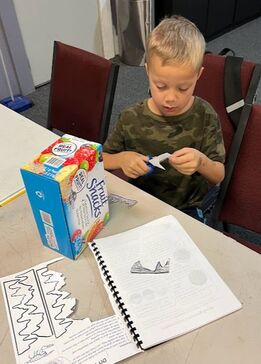
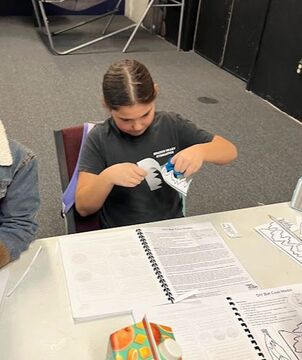
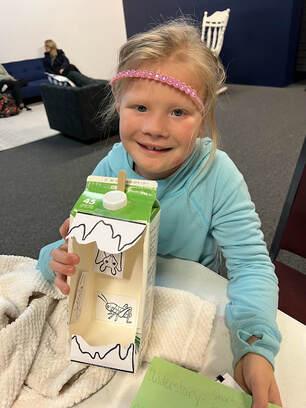
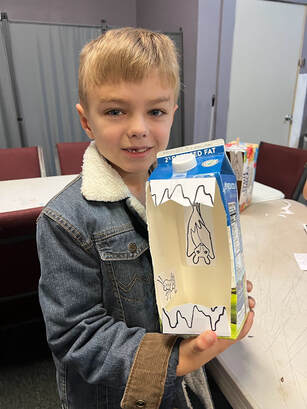
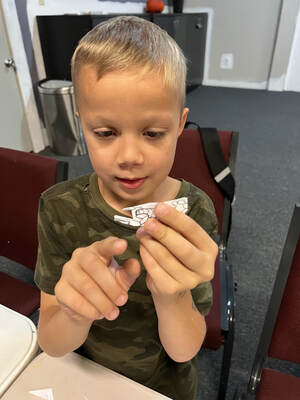
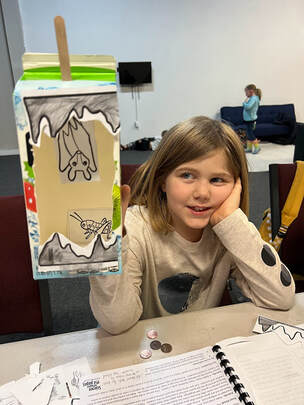
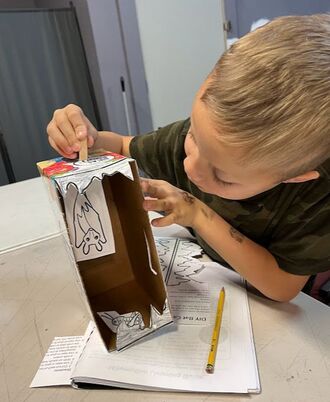
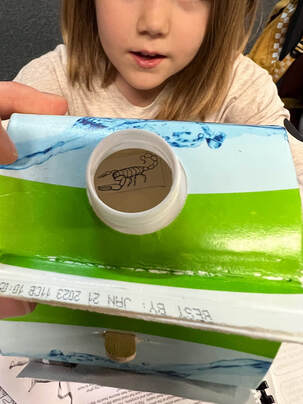
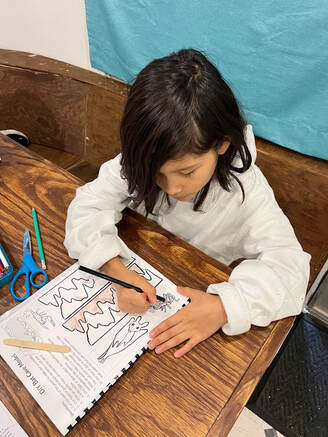
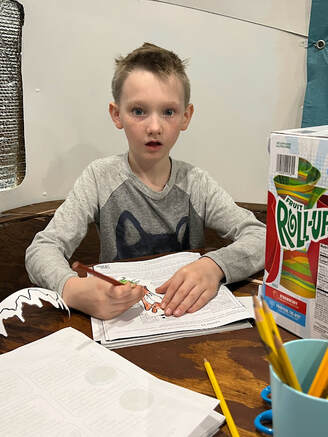
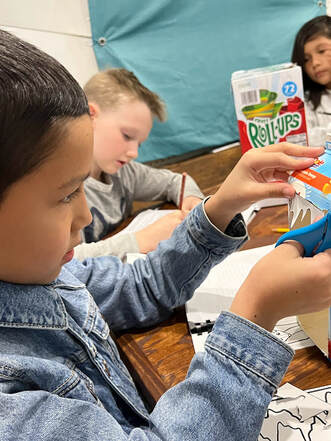
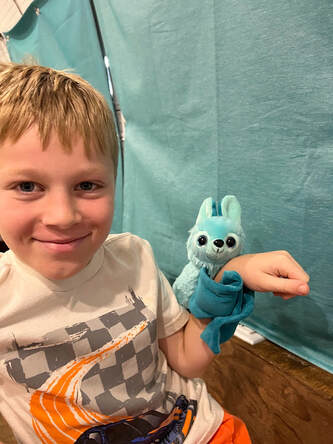
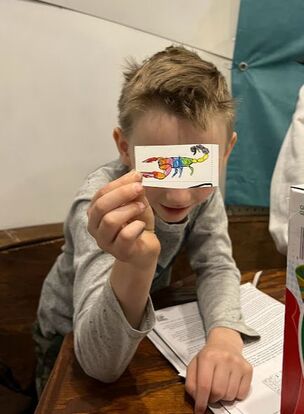
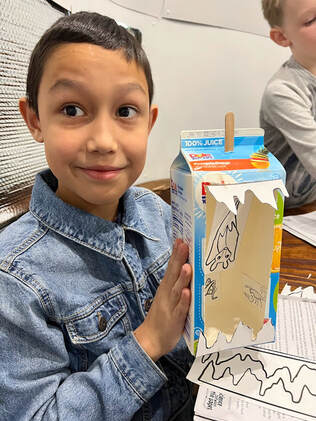
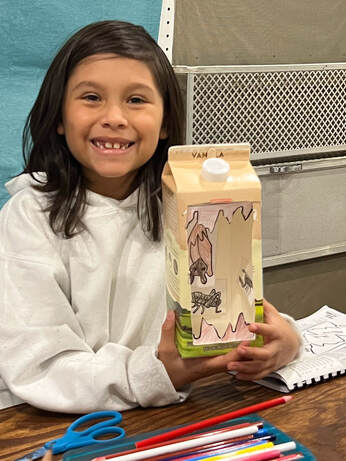
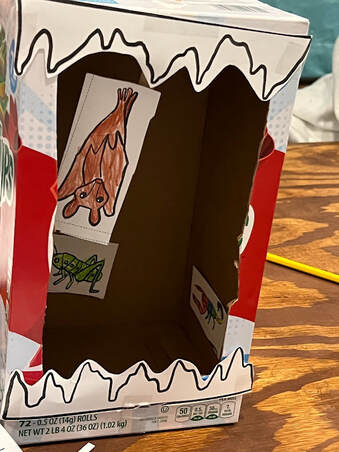
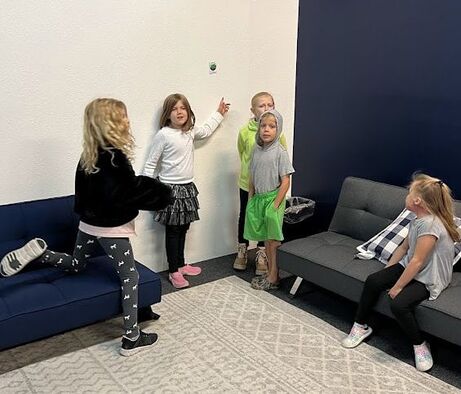
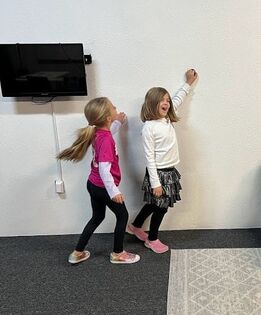
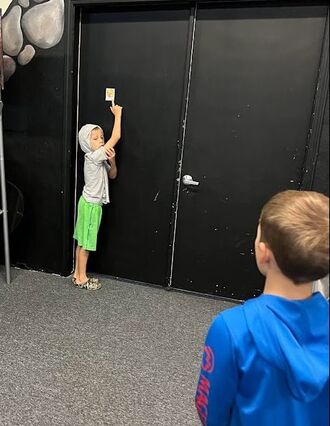
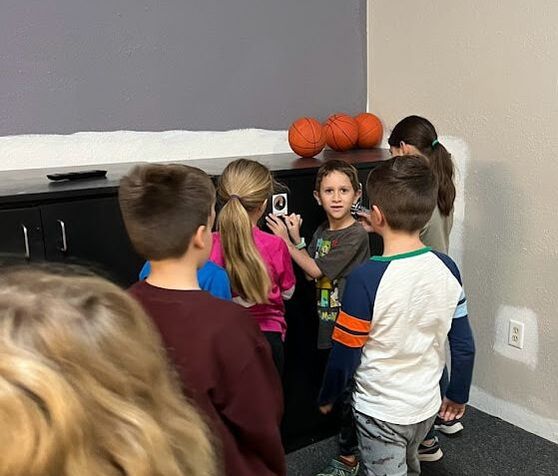
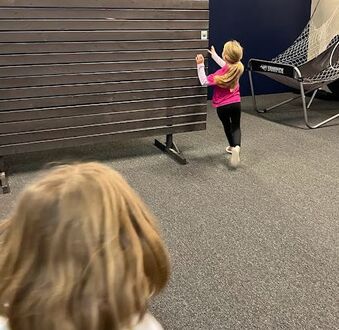
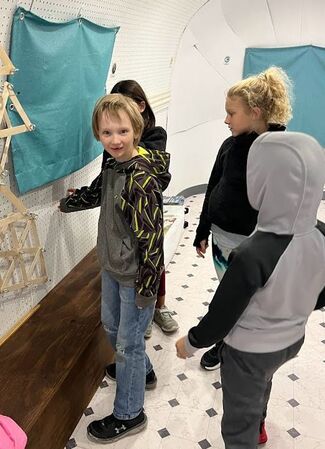
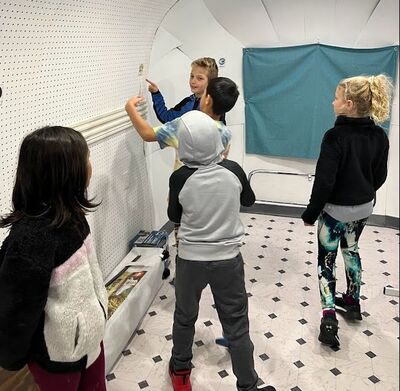
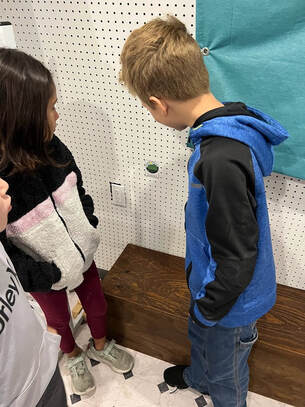
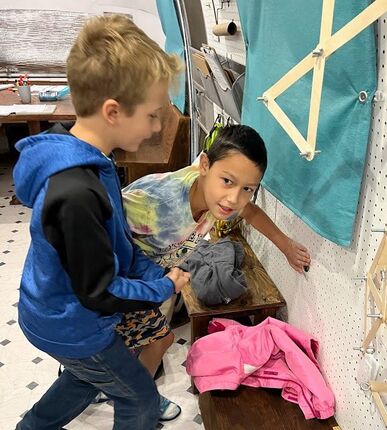
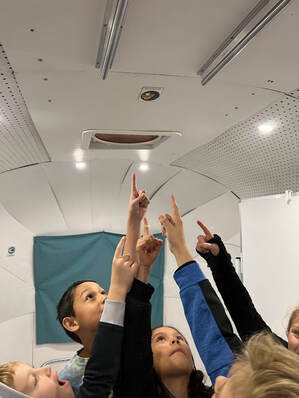
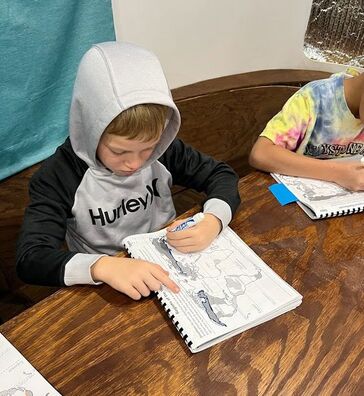
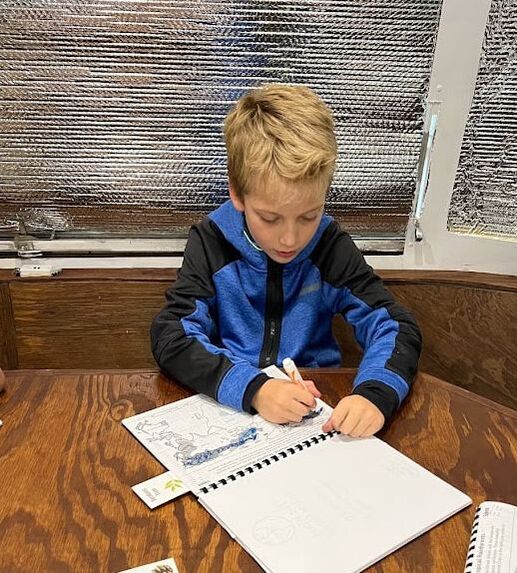
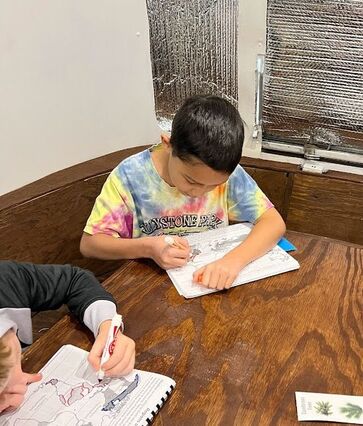
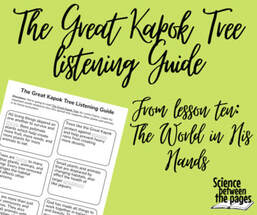
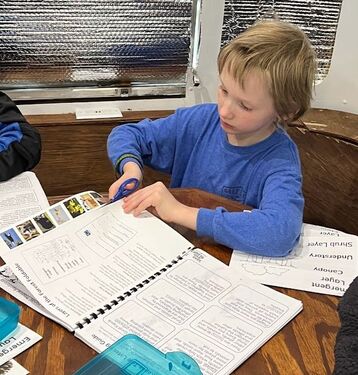
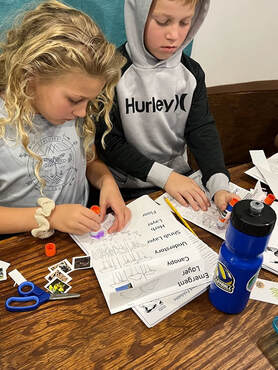
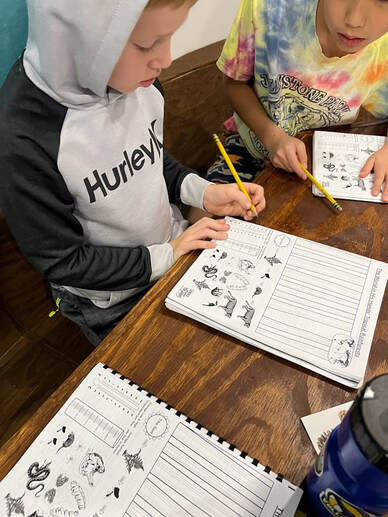
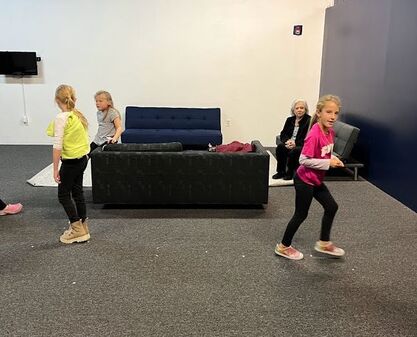
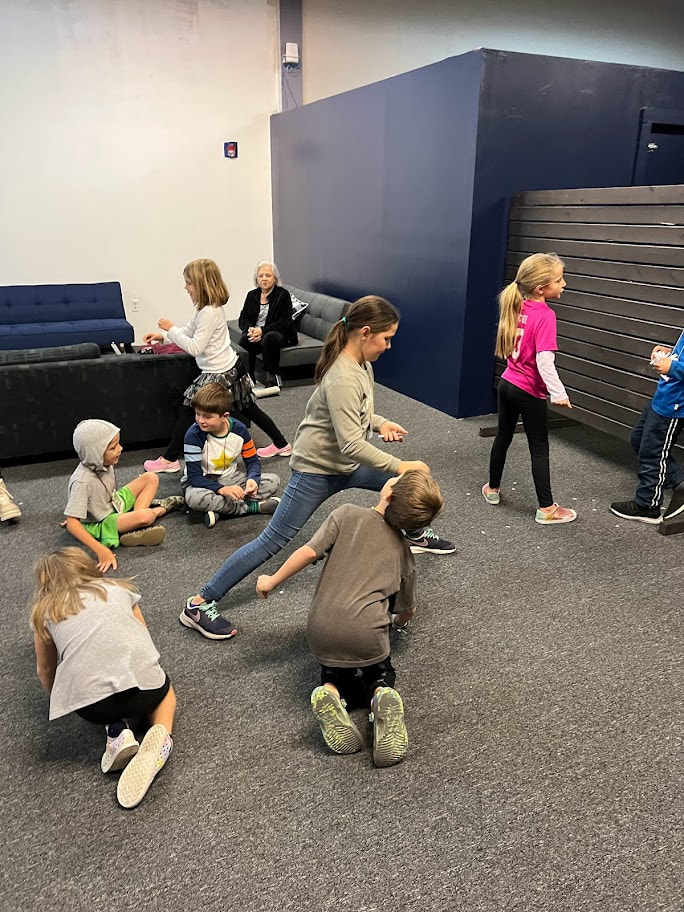
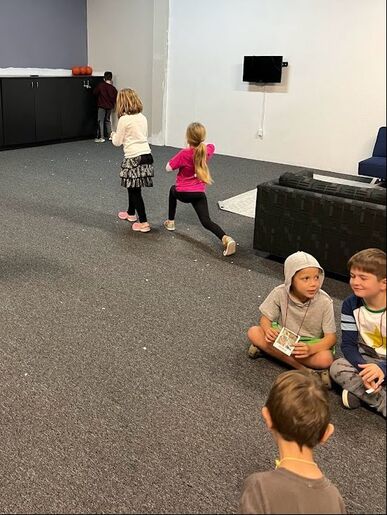
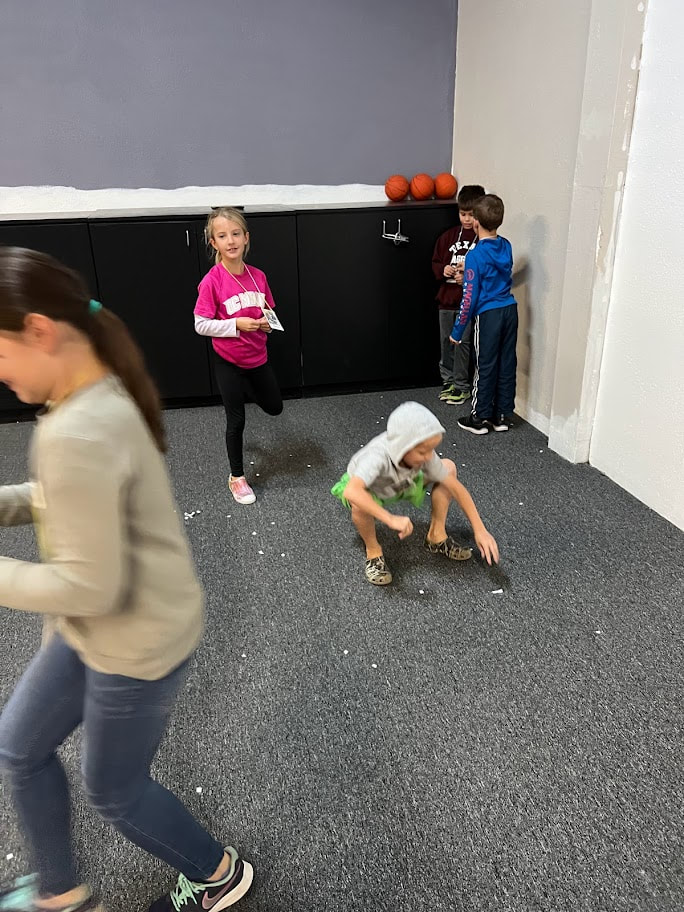
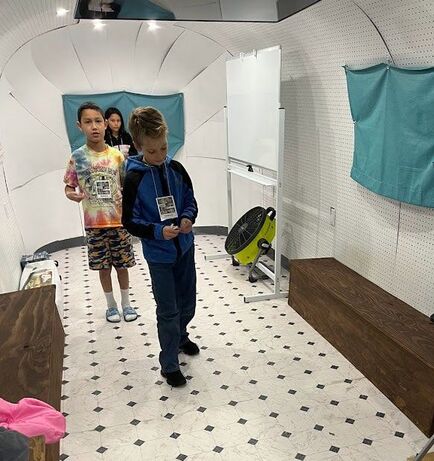
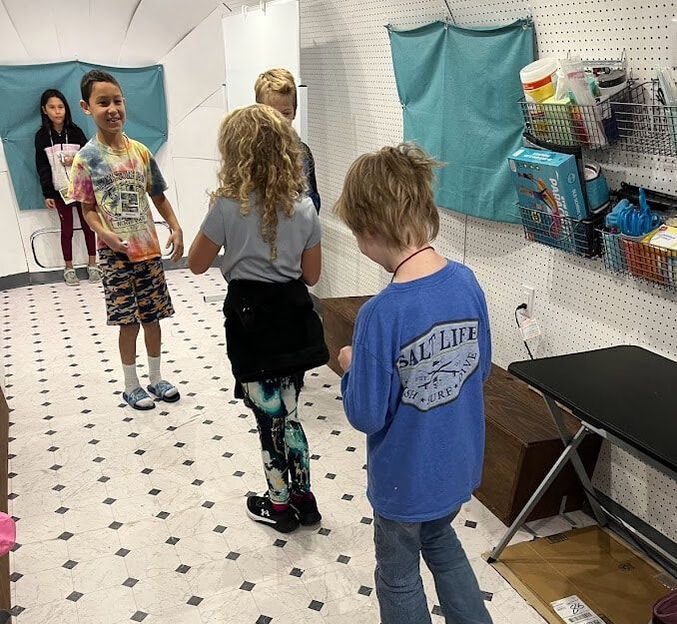
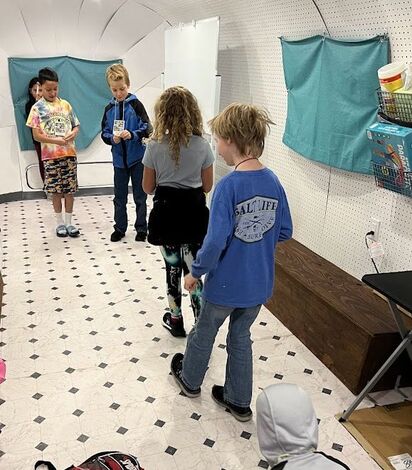

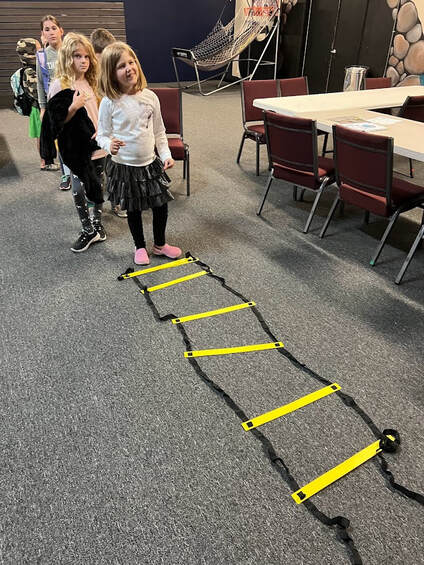
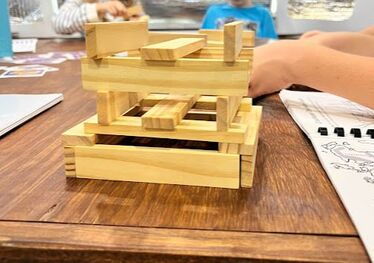
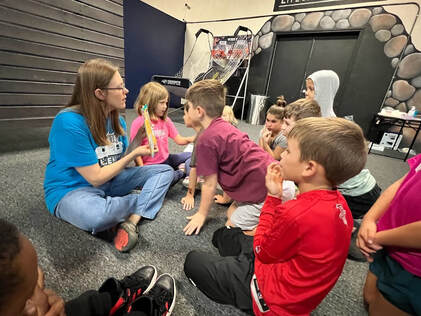
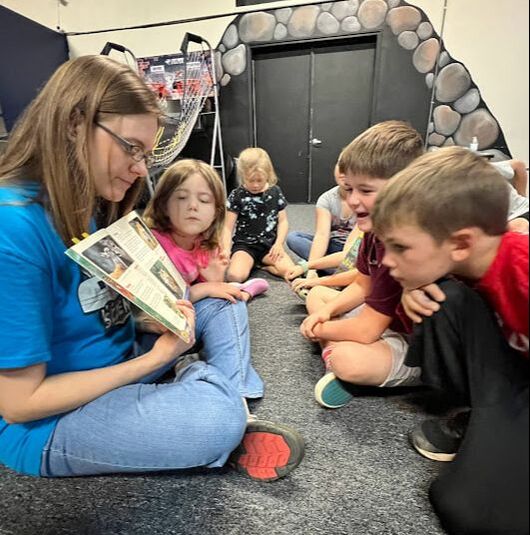
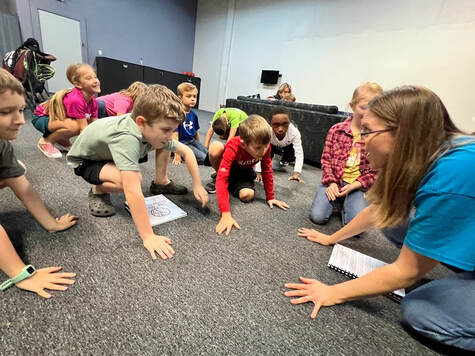
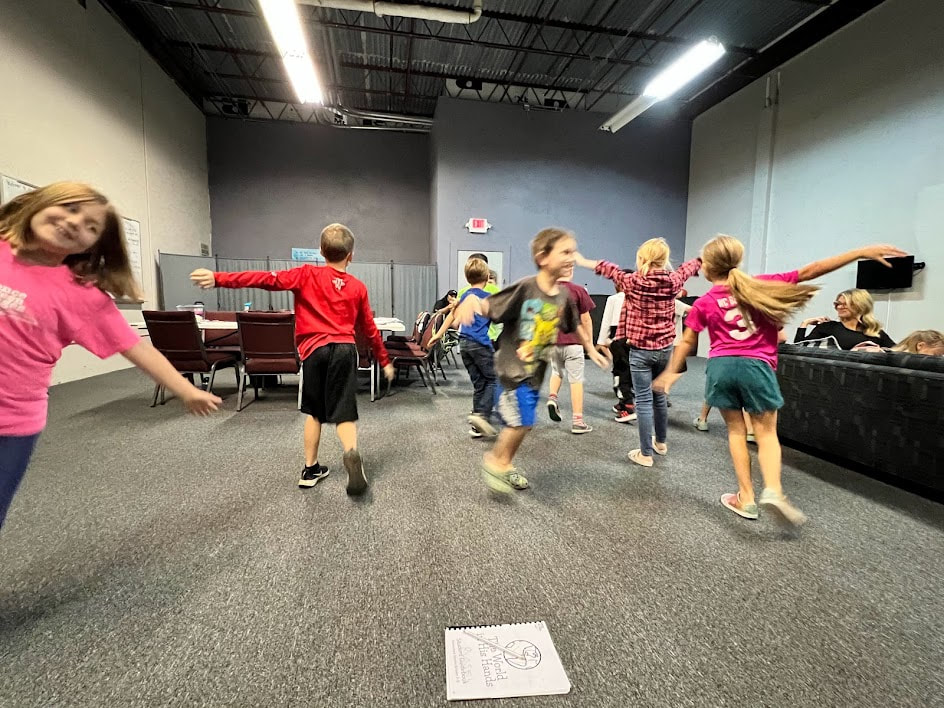
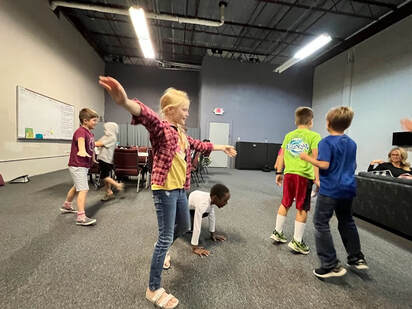
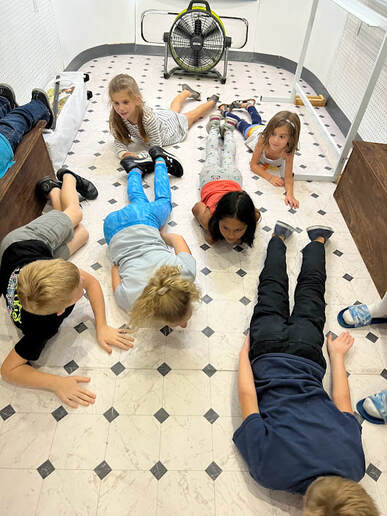
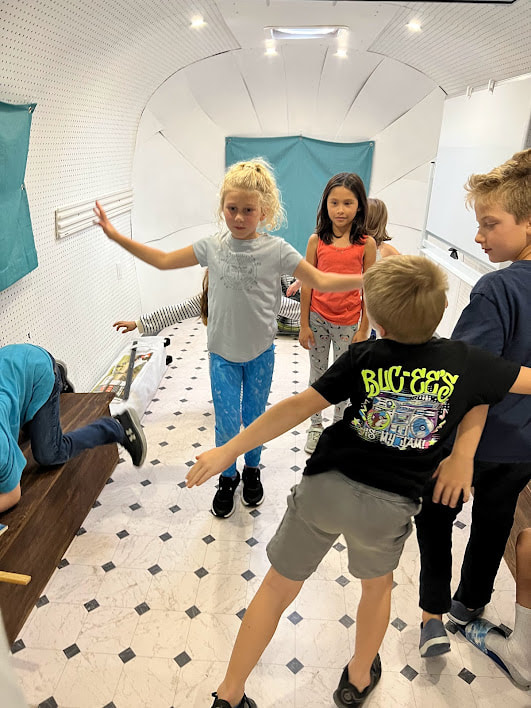
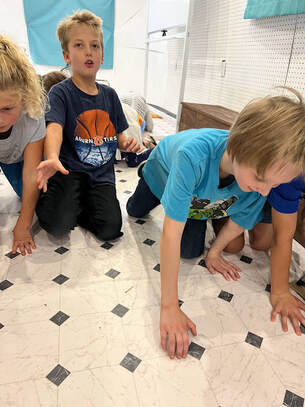
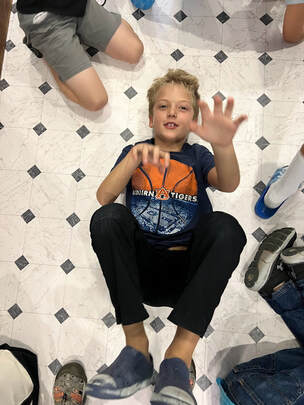
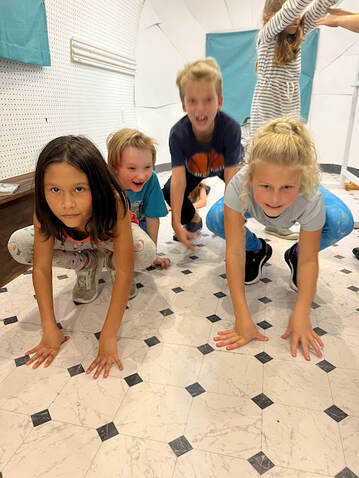
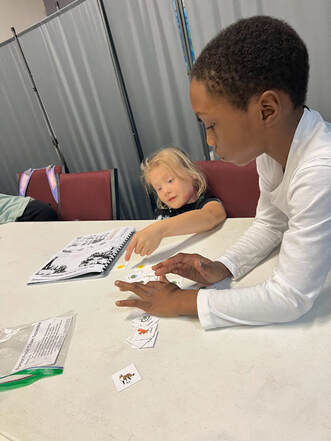
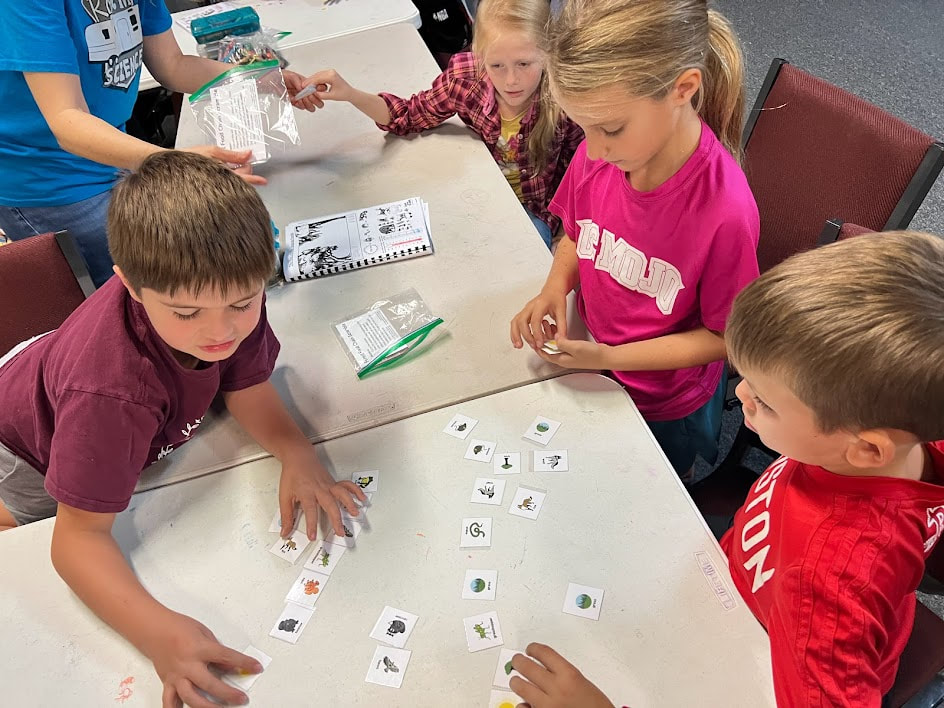
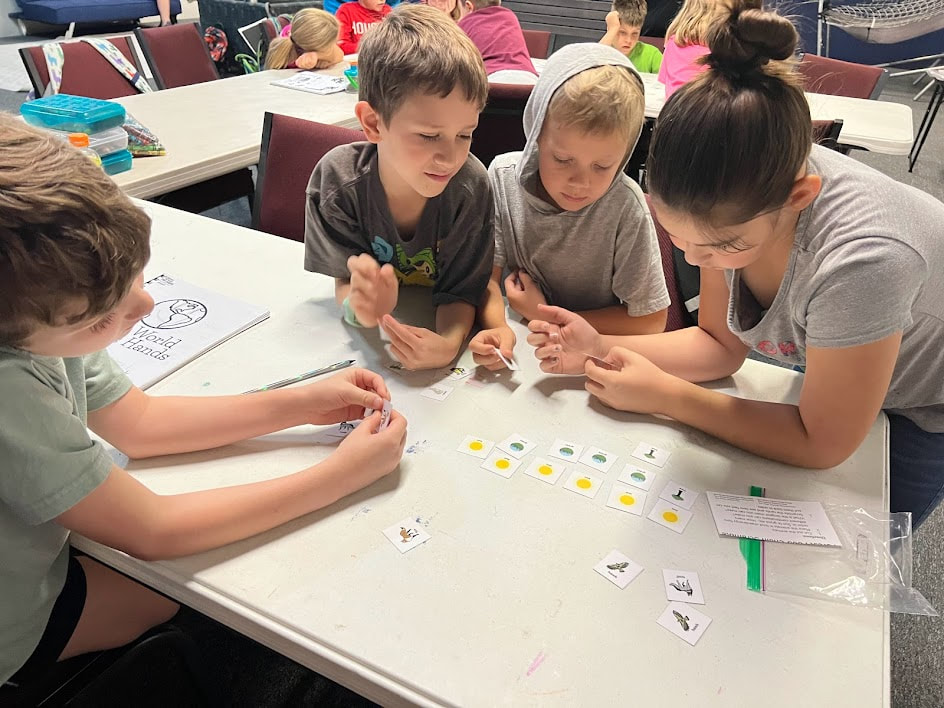
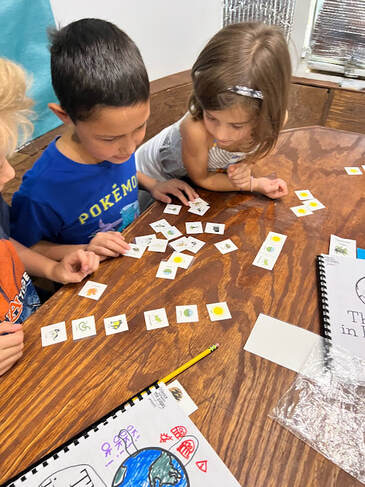
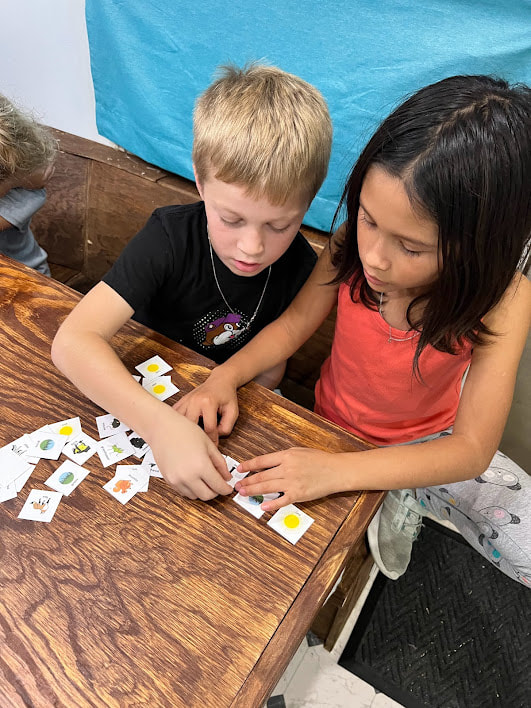
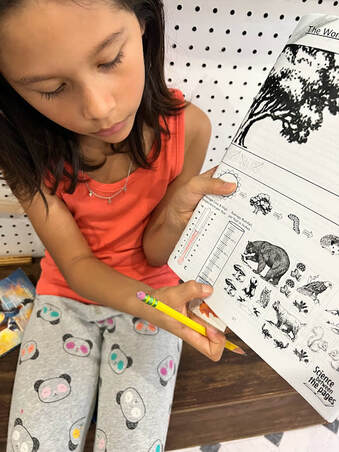
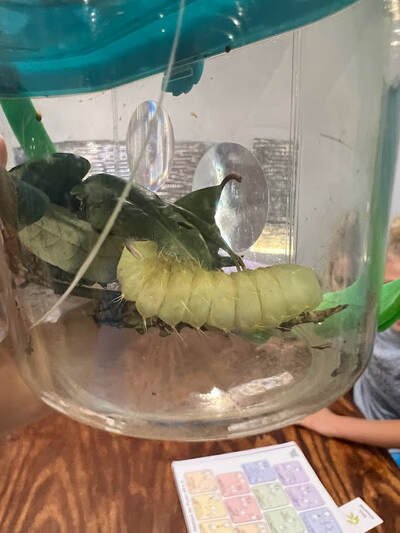
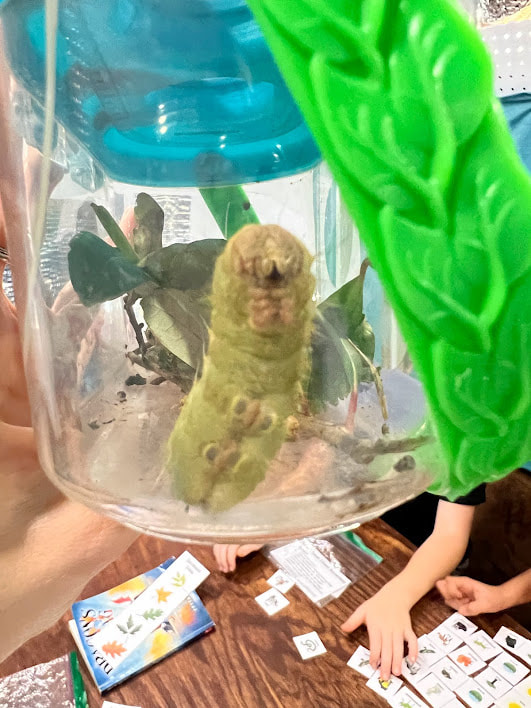
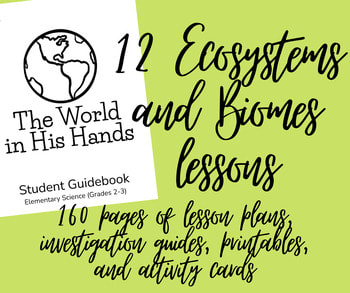
 RSS Feed
RSS Feed